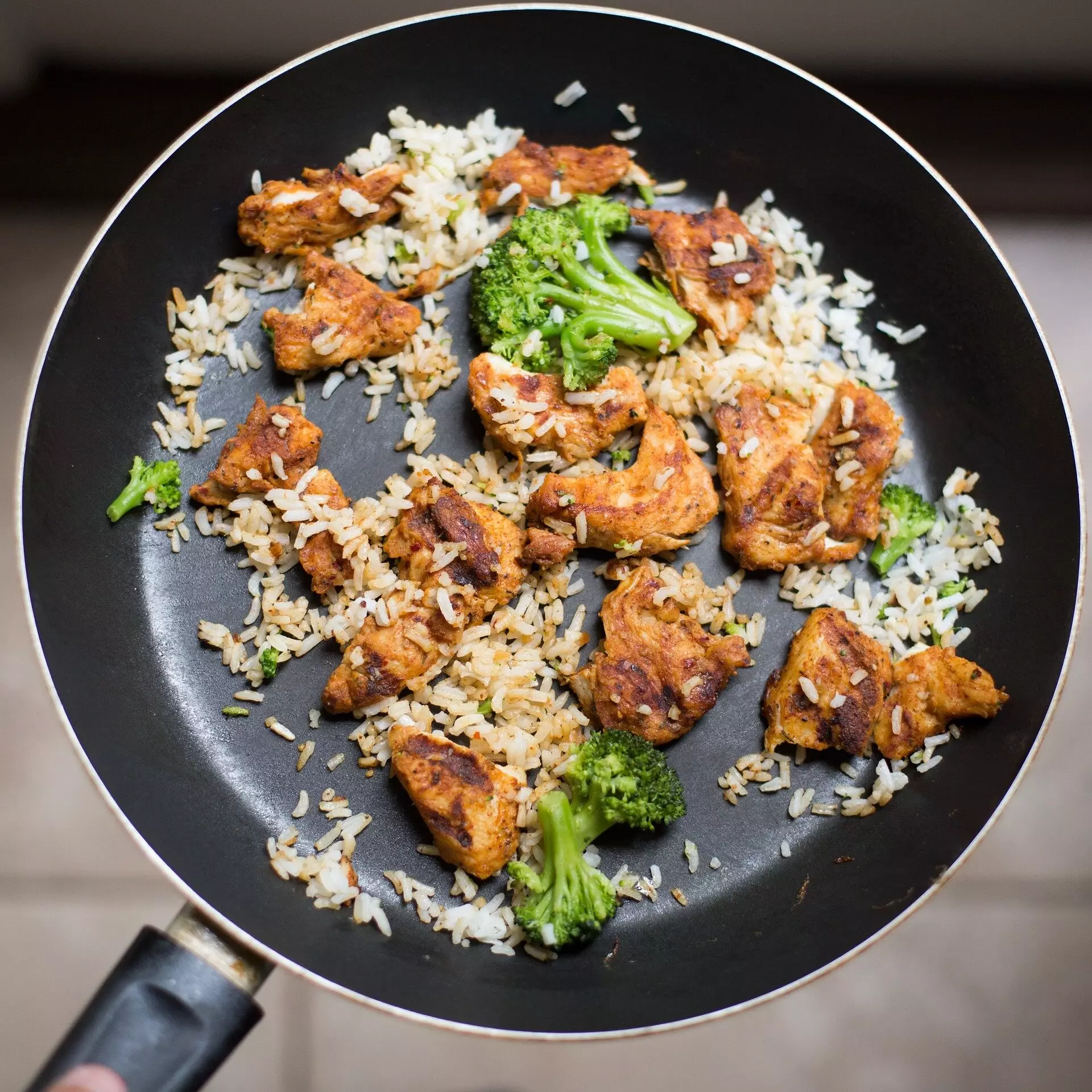Consuming leftovers is a common practice that can help save money and reduce food waste. However, it is essential to acknowledge the potential risks associated with eating leftover food. Leftovers are often exposed to bacteria in the environment, which can lead to food poisoning if not handled correctly. Bacteria thrive in environments with the right nutrients, moisture, and temperatures, making it crucial to store and reheat leftovers properly to avoid harmful consequences.
When it comes to leftovers, there are several best practices to follow to ensure food safety. Leftover food should be refrigerated or frozen within two hours of being cooked to prevent bacteria from multiplying rapidly. It is recommended to keep your refrigerator at a temperature between 0 and 5°C to inhibit the growth of food poisoning bacteria. Additionally, leftovers should be consumed within two days to minimize the risk of harmful bacteria growth.
Proper Reheating Techniques
When reheating leftovers, it is crucial to ensure that the food reaches a high enough temperature to kill any bacteria present. Leftover foods should be reheated to an internal temperature of at least 74°C to eliminate the risk of food poisoning. For sauces, stews, soups, and gravies, it is recommended to bring them to a full boil and stir for at least three minutes. Reheating leftovers in the oven should be done at a temperature of at least 163°C and for a sufficient amount of time to heat the food through. Using a slow cooker for reheating leftovers is not advised as it can allow bacterial growth if the food remains at a low temperature for an extended period.
One common mistake when handling leftovers is reheating them more than once. Each time leftovers are reheated, it provides an opportunity for harmful bacteria to multiply, making it more challenging to kill all pathogens present. It is also essential to be cautious when saving takeaway foods as leftovers. Takeaway foods should be stored promptly in the refrigerator if not consumed immediately, and reheated to a high temperature before eating to ensure food safety.
Certain foods, such as cooked rice dishes, pose a higher risk when saved as leftovers. Uncooked rice contains spores of Bacillus cereus, a bacterium that can cause food poisoning. If cooked rice is not refrigerated promptly after cooking, the spores can grow and release toxins that lead to food poisoning. Cooked rice leftovers should be cooled quickly, stored in the refrigerator for no more than 24 hours, and reheated to a piping hot temperature before consumption to minimize the risk of foodborne illness.
Handling leftovers safely is essential to prevent food poisoning and ensure the health and well-being of consumers. By following proper storage, reheating, and consumption guidelines, individuals can enjoy leftovers without putting themselves at risk of foodborne illnesses. When in doubt, it is always best to err on the side of caution and dispose of leftovers that may pose a risk to health.

